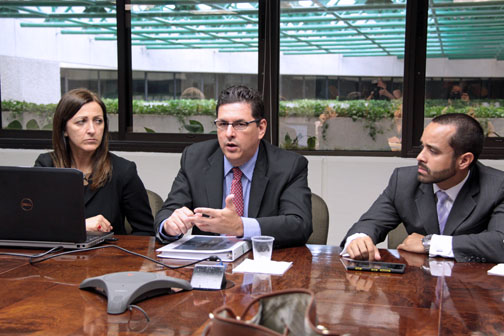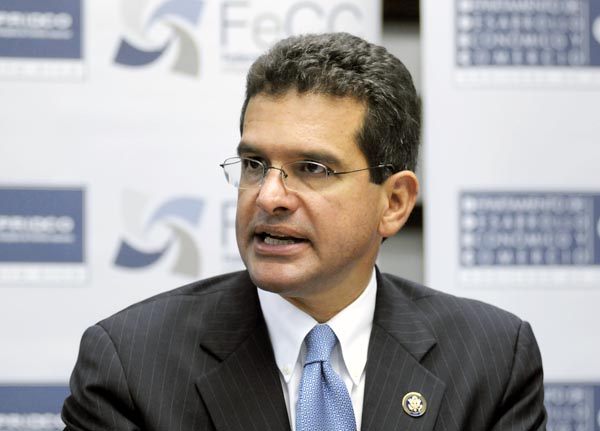LatinAm, Caribbean lead in patents obtained by women

The World Intellectual Property Organization (WIPO), an international forum for intellectual property policy, services, information and cooperation, along with Invent Together, a U.S. alliance committed to making patenting inventions accessible, have unveiled findings about women’s participation in obtaining patents globally over the years.
Regional results find that Latin America and the Caribbean (21%) and Asia (17%) lead the way in women’s participation, followed by North America (15%).
In addition, the study found that between 2016 and 2020, China surpassed the United States in women’s contribution to patents. In its new global report, “The Gender Gap in Global Patenting: An International Comparison Over Two Decades,” noted that the United States ranks 13th, below the global average, when assessing women’s share of total patents and ninth when at least one woman is an inventor within a group. In both cases, China ranked third and fifth, respectively.
“If innovation is the engine of the economy, inclusion and diversity are its fuel. Women represent half of the world’s population, and it is essential that new discoveries, inventions and patents are also developed by and for women; this ensures that the needs and realities of society are met,” said Puerto Rico Science, Technology and Research Trust CEO Lucy Crespo.
“The Trust recognizes the importance of the contributions of women in the STEM and science field and it is part of our objectives to help close that gap for the benefit of research, innovation and economic development,” Crespo said.
The WIPO report reaffirmed what has been revealed in previous studies: Women inventors are overwhelmingly underrepresented. Only one in eight female inventors worldwide is a woman. In addition, from 1999 to 2020, 23% of patents included at least one female inventor, and only 4% were exclusively by women.
The WIPO report also found that Latin America and the Caribbean “show leadership in women’s participation in patents over time, with 16% of inventors being women between 2001-2005, and this proportion increasing to 21% in the most recent period, 2016-2020.”
In terms of patents, the report also revealed that academia is more gender-inclusive than the private sector. In Latin America and the Caribbean, the academic sector contributes relatively more to obtaining patents than in other regions. This could explain, in part, the region’s outstanding performance, but more research is needed to fully understand the different reasons and their explanatory power.
“Patent activity is seen as an indicator of the health of innovation ecosystems and can come from inventors in academia, industry and the public sector. Over time, trends provide a better understanding of the strengths and gaps of the sector and help program leaders and policymakers develop initiatives to support their local innovation ecosystem,” said David Gulley, who has a career of more than 30 years of developing and implementing innovation-based, technology-led economic development and serves as the founding director of the Science Trust’s Office of Technology Transfer.
The Technology Transfer Office promotes the commercialization of locally developed scientific inventions and discoveries.
In 2022, it received 25 invention disclosures involving 52 inventors, 37% of whom were women, and filed 22 new patent applications. The percentage of women inventors increases to 50% among students. The Technology Transfer Office has helped increase the number of patent applications filed, helping place Puerto Rico among the top 50 countries.
“There are two essential elements that contribute to facilitating the creation of new patents by the academic sector: 1) educate researchers regarding the complete patenting process of new discoveries identifying the possible commercial value, and 2) that there is an office or center that facilitates the legal processes that lead to the achievement of the protection of intellectual contribution,” said Annelyn Torres-Reveron, researcher and leader of Sur180 Therapeutics.
“It’s very sad that researchers and especially women are not educated on the practical aspects of how discoveries get into the hands of users or patients in the community. We get to the point of scientific publication and from there we disregard the next steps,” she said.
“However, the fact that we know the patenting process means that the research activity has a practical and efficient approach that can be applied in the long term through the licensing and commercialization of those patents,” she added.
In 2020, Torres-Reveron, along with two other researchers, patented the use of a small molecule as a new therapeutic against endometriosis. The patent belongs to the 4% of patents that are exclusively led by women.
A reassessed forecast of possible gender parity in patents in the future reveals that, 38 years from now, or by 2061, women can achieve gender parity in patents, while Latin America and the Caribbean will take more time (2068). The projection assumes that conditions remain the same for women and indicates that there will be regional differences.
The report notes that more research is needed to understand the social and technological factors contributing to the gender gap in patent procurement and the need to identify effective policies and actions to promote gender diversity in innovation.
“Partnerships with the private sector, government and universities are important to ensure equal opportunities for all inventors,” Crespo concluded.











